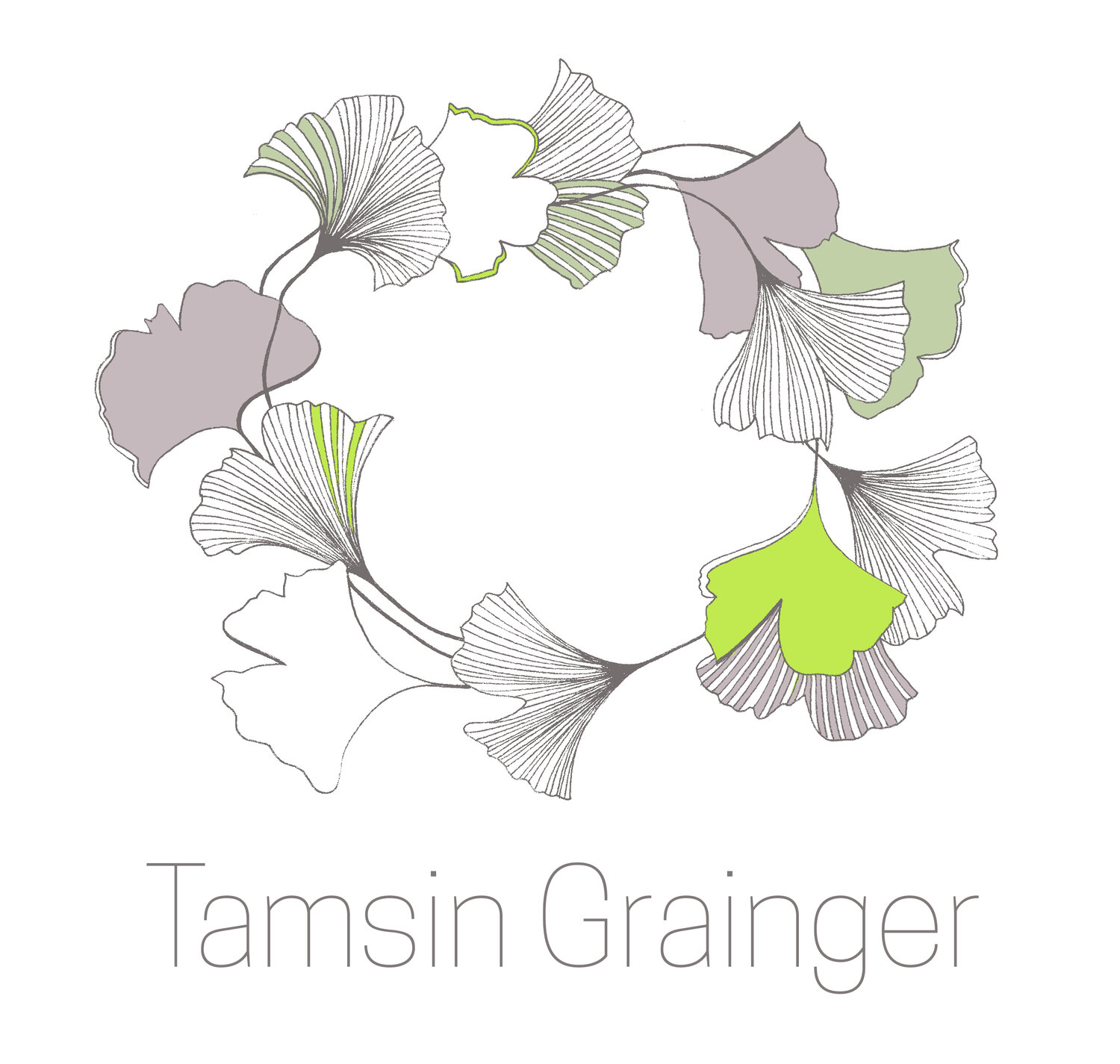International Women’s Day, March 8 2021
City for Her: I was one of the women who was virtually walking with Alisa Oleva. She wrote, “Join me by walking to a place in your city/town/village of an important women's presence.”
A Granton Community Gardener
Sally’s woolworks can be found at Warriston Cemetery, Leith and at St Mark’s Park
For the past year I have been researching the lives of female saints, abbesses and anchoresses - women like Triduana (it is thought that she lived sometime between the 4th and 6th centuries), Ebbe (615-683), and Julian of Norwich (1343 - 1416). These women did not shout about themselves. They worked and lived in their communities without seeking any attention as far as I can tell, but their way of living and teachings inspire us. Some were consequently canonised and others have been the subject of a little (increasing) academic attention. We remember them as insightful, clever, good and kind.
On March 8 this year, I wanted to turn my attention to the women living around me, those who quietly and unassumingly tend and care for family, friends, relatives and others, who give their time and attention to those who need it. These are women with ‘big hearts’ who notice when folk are in need and offer, or simply silently give their services.
I didn’t give anyone any warning that I was coming to ask their permission to photograph them from a distance, and so many of the women I walked to were busy working, caring and creating, such as Maggie at the Hospice and Carol, city librarian.
Lesley, artist. Spring oil sketch
Sandra - one of the massive group of women who visit people who need support in their own homes.
“As in health care, about 80 per cent of all jobs in adult social care are done by women; the proportion in direct care and support-providing jobs is higher, at 85-95 per cent (2). ”
Roxanne and Elizabeth. “I don't usually like having my photo taken” - “oh I do” - “but for IWD it's OK”
“the average hourly pay for care workers is below the basic rate paid in most UK supermarkets”
….and the pay at our local supermarket is £7-8 per hour.
Margot
Vicky (outside the Covid centre at Leith Library)
I have also been searching for information about the lives of women mentioned on cemetery gravestones in Leith (Edinburgh, Scotland), but it is a thankless task. Women are usually referred to by their relationship to others: mother, sister, spouse - wife - relict, and there are no monuments to, or statues of them (indeed there are only 3 statues of named women in the whole of Edinburgh - two of Queen Victoria and one of Helen Crummy who founded the Craigmillar Festival Society - there are more statues of animals!*. Of course, without these women, the men who head the graves or stand on plinths would not exist, so I wanted to remember the women on this day of all days, and I offered them some Spring daffodils.
Margaret Muir Gillespie
Margaret Muir was was born in December 1752 in Old Kilpatrick, Dunbartonshire, and died on 6 June 1827 in North Leith, Midlothian, Scotland, aged 75 years. She married William Gillespie on 12 May 1781 in Larbert, Stirlingshire, Scotland. There she gave birth to three children between 1782 and ‘88. The family moved to Edinburgh in 1789, to North Leith, and she gave birth to three more children there. She must have been of robust constitution as all but one lived into their 70s. Her husband, William, was a harbour master and it was not unusual for women to accompany their husbands on board ship. I surmised that with six children she would probably not have, but a woman who attended my online presentation of Walking Between Worlds in February 2021, told me that her ancestor did do so, leaving the children at home - the older ones looking after the younger while she was away.
““...those ladies are exceedingly bold and audacious...””
The Social, Roisin Kenny, BBC The Social Contributor, 8 March 2021












